Seed Grown Parsnips: How To Grow Parsnips From Seed
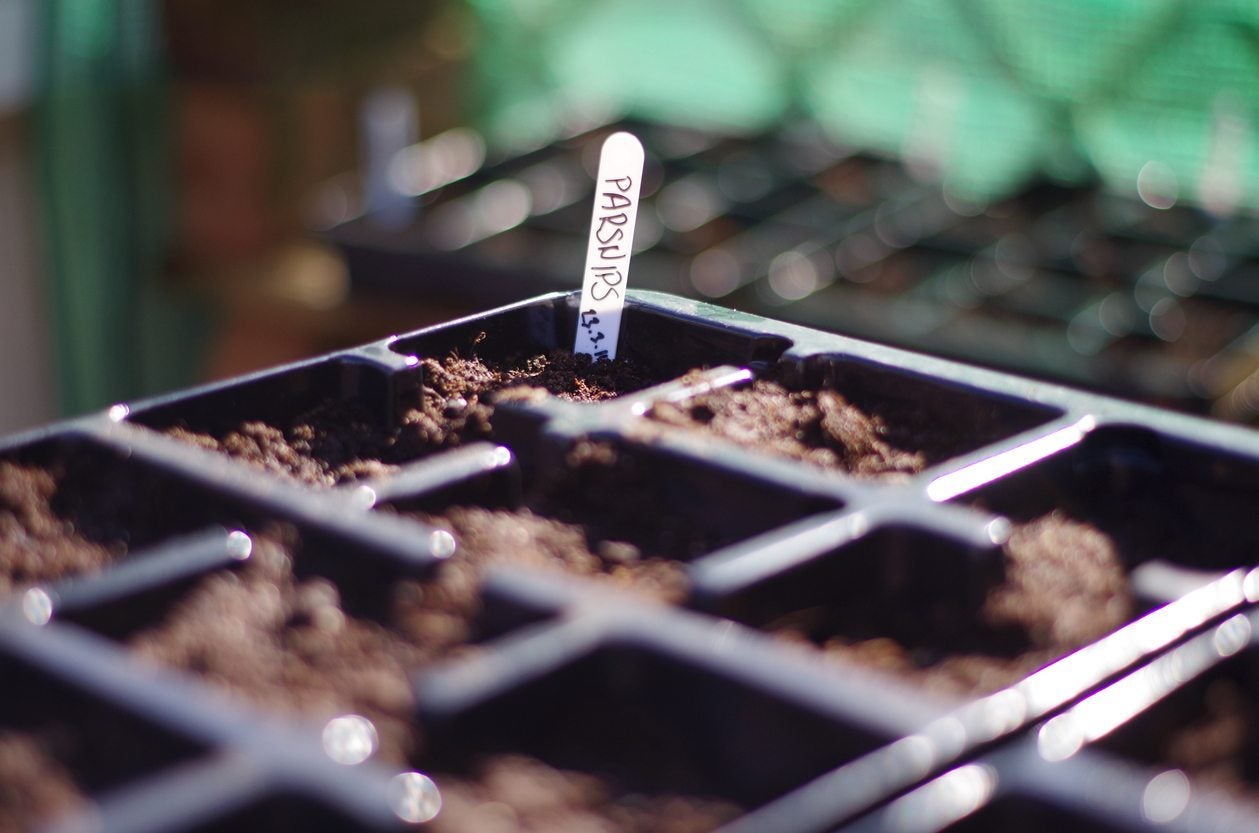

Parsnips are nutritious root vegetables with a delicious, slightly nutty flavor that becomes even sweeter in cool weather. If you’re interested in seed-grown parsnips, give it a try! Growing parsnips from seed isn’t difficult as long as you provide the proper growing conditions. Read on to learn how to grow parsnips from seed.
When to Plant Parsnip Seeds
Plant parsnips seeds as soon as the ground is workable in spring, but not until the soil has warmed to 40 degrees F. (4 C.). Parsnips don’t germinate well if the soil is too cold or if air temperatures are below 75 degrees F. (24 C.).
How to Grow Parsnips from Seed
When it comes to growing parsnips from seed, proper soil preparation is critical. Work the soil well to a depth of at least 18 inches (46 cm.), then rake out rocks, clods, and clumps. To keep the soil loose and friable, dig in a generous amount of compost or other organic material. This step is especially important if the soil in your garden is compacted, as parsnips may develop crooked, branched, or distorted roots in hard soil. Additionally, dig a balanced, general-purpose fertilizer into the top 6 inches (15 cm.) of soil at planting time, according to label recommendations. Once you’ve prepared the soil, plant the seeds on the surface, then cover them with no more than ½ inch (1 cm.) of vermiculite, compost, or sand to help prevent crusting. Allow 18 inches (46 cm.) between each row. Be sure to start with fresh seed, as parsnips seeds lose viability quickly. Consider pelleted seeds, which simplify planting the tiny seeds.
Caring for Seed-Grown Parsnips
Water as needed to keep the soil uniformly moist. Parsnips are relatively slow to germinate, usually taking two to three weeks, or even longer if the soil is cold. Thin the plants to a spacing of 3 to 4 inches (8-10 cm.) when the seedlings are well established – usually about five or six weeks. Avoid pulling the extra seedlings. Instead, use scissors to snip them at soil level to avoid damaging the roots of the “good” seedlings. Pile soil around the parsnips when the shoulders appear. This step will protect the vegetables from greening from exposure to sun. As a general rule, parsnips need about 1 to 2 inches (2.5-5 cm.) of water per week, depending on temperature and soil type. Reduce watering as harvest nears. A layer of mulch keeps the soil moist and cool as temperatures begin to rise. Feed the plants about six weeks after sprouting, and again a month later using a light application of a nitrogen-based fertilizer (21-0-0). Water thoroughly.
Gardening tips, videos, info and more delivered right to your inbox!
Sign up for the Gardening Know How newsletter today and receive a free copy of our e-book "How to Grow Delicious Tomatoes".

A Credentialed Garden Writer, Mary H. Dyer was with Gardening Know How in the very beginning, publishing articles as early as 2007.
-
 Types Of Tomatoes Explained: Explore The Many Wonderful Shapes, Colors, Flavors, & Best Uses
Types Of Tomatoes Explained: Explore The Many Wonderful Shapes, Colors, Flavors, & Best UsesThe world of tomato varieties is vast and fascinating. Learn about the key types to grow in your garden, tailored to your preferences and space.
By Amy Grant
-
 Try The Trend – Turn Any Bed Into A Keyhole Garden With This Clever In-Ground Composter
Try The Trend – Turn Any Bed Into A Keyhole Garden With This Clever In-Ground ComposterKeyhole gardening is an efficient and sustainable practice that saves space. Get started on this DIY project quickly and easily with an in-ground composter.
By Bonnie L. Grant
-
Powdery Mildew Of Parsnips – Treating Signs Of Powdery Mildew In Parsnips
Powdery mildew is a very common disease that affects a wide array of plants. Powdery mildew of parsnips can be a problem if left unchecked too. To learn more about how to manage and recognize the symptoms of powdery mildew in parsnips, click here.
By Liz Baessler
-
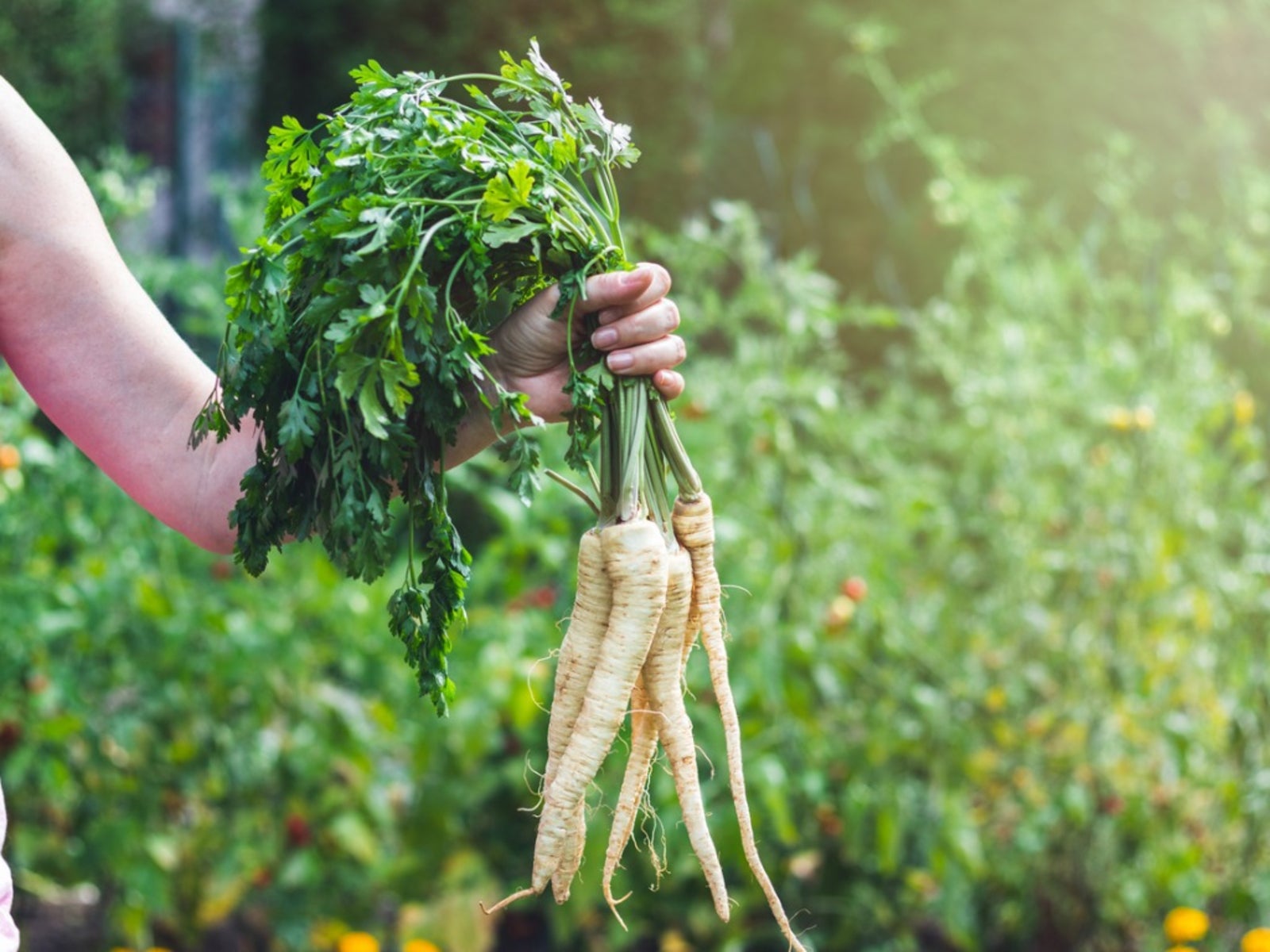 Parsnip Leaf Spot Problems – Learn About Leaf Spot On Parsnips
Parsnip Leaf Spot Problems – Learn About Leaf Spot On ParsnipsParsnips are as easy to grow as their cousin the carrot. Easy to grow they may be, but not without their share of diseases and pests. One such disease, parsnip leaf spot results in exactly what it sounds like - parsnips with spots on leaves. Learn more in this article.
By Amy Grant
-
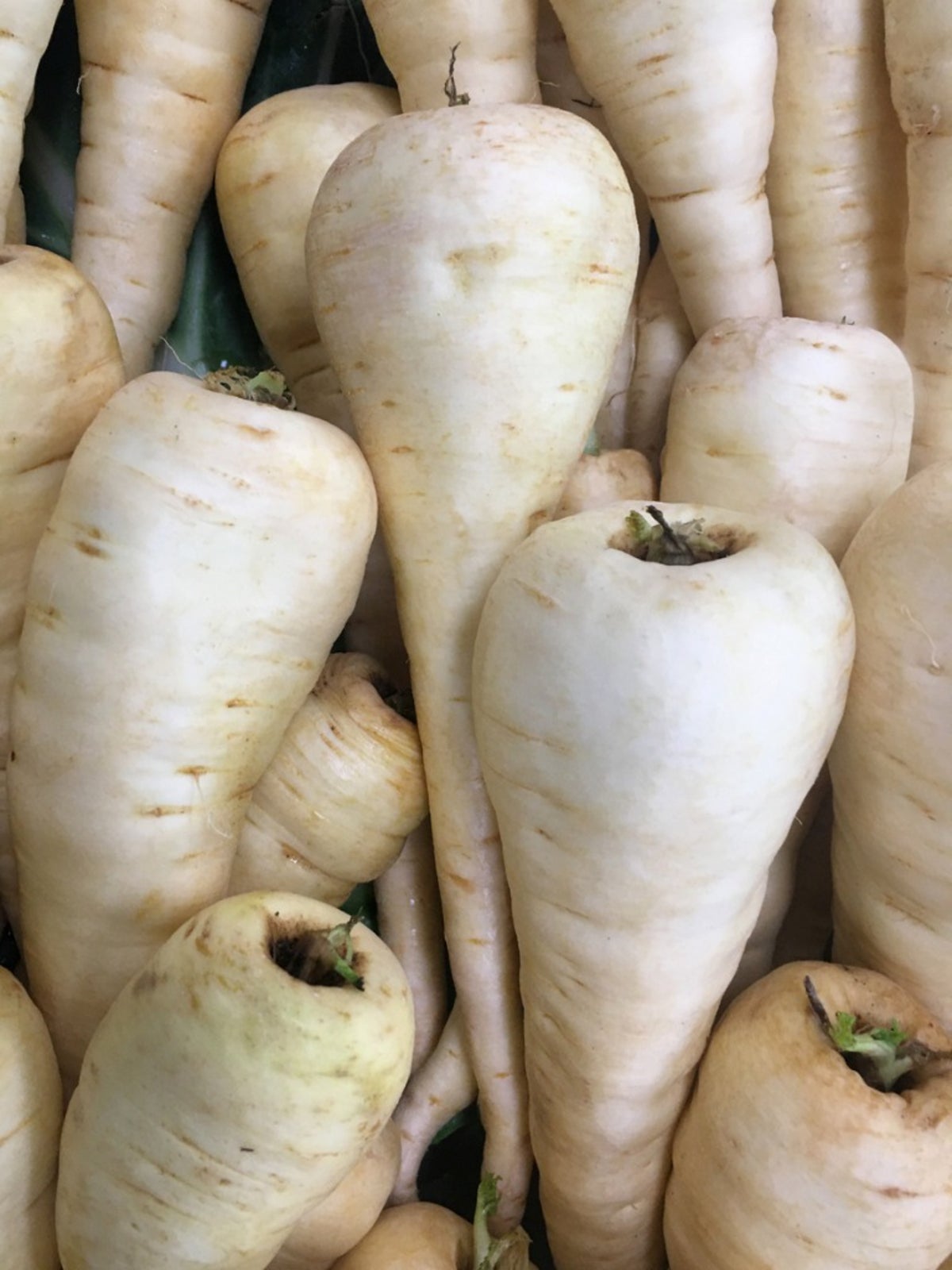 Guide To Parsnip Diseases – How To Treat Sick Parsnips In The Garden
Guide To Parsnip Diseases – How To Treat Sick Parsnips In The GardenParsnips are the often overlooked middle child of the root vegetable world, but they can be total rock stars in your garden. Just be on the lookout for these common parsnip diseases and your vegetable stand will be the envy of the neighborhood! Learn more here.
By Kristi Waterworth
-
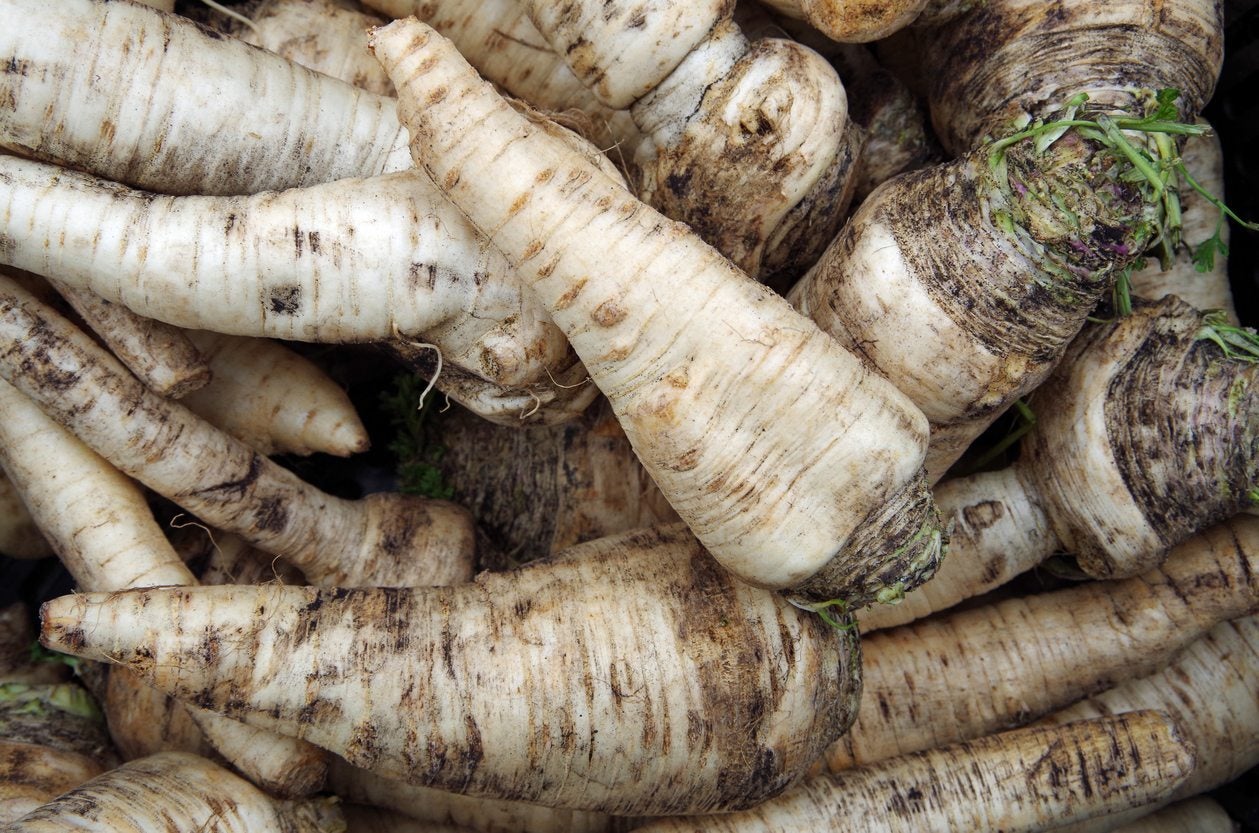 Harvesting Parsnips In Winter: How To Grow A Winter Parsnip Crop
Harvesting Parsnips In Winter: How To Grow A Winter Parsnip CropGardeners that have tried planting parsnip seeds in spring often get disappointing results. Parsnips have a reputation as being difficult to grow, mostly because gardeners plant them at the wrong time. An ideal time for many regions is winter. Learn more here.
By Darcy Larum
-
 Can You Overwinter Parsnips – Tips For Parsnip Winter Care
Can You Overwinter Parsnips – Tips For Parsnip Winter CareParsnips are a cool season vegetable that actually become sweeter when exposed to several weeks of cool, frosty weather. That leads us to the question "can you overwinter parsnips." If so, how do you grow parsnips in winter? Find out in this article.
By Amy Grant
-
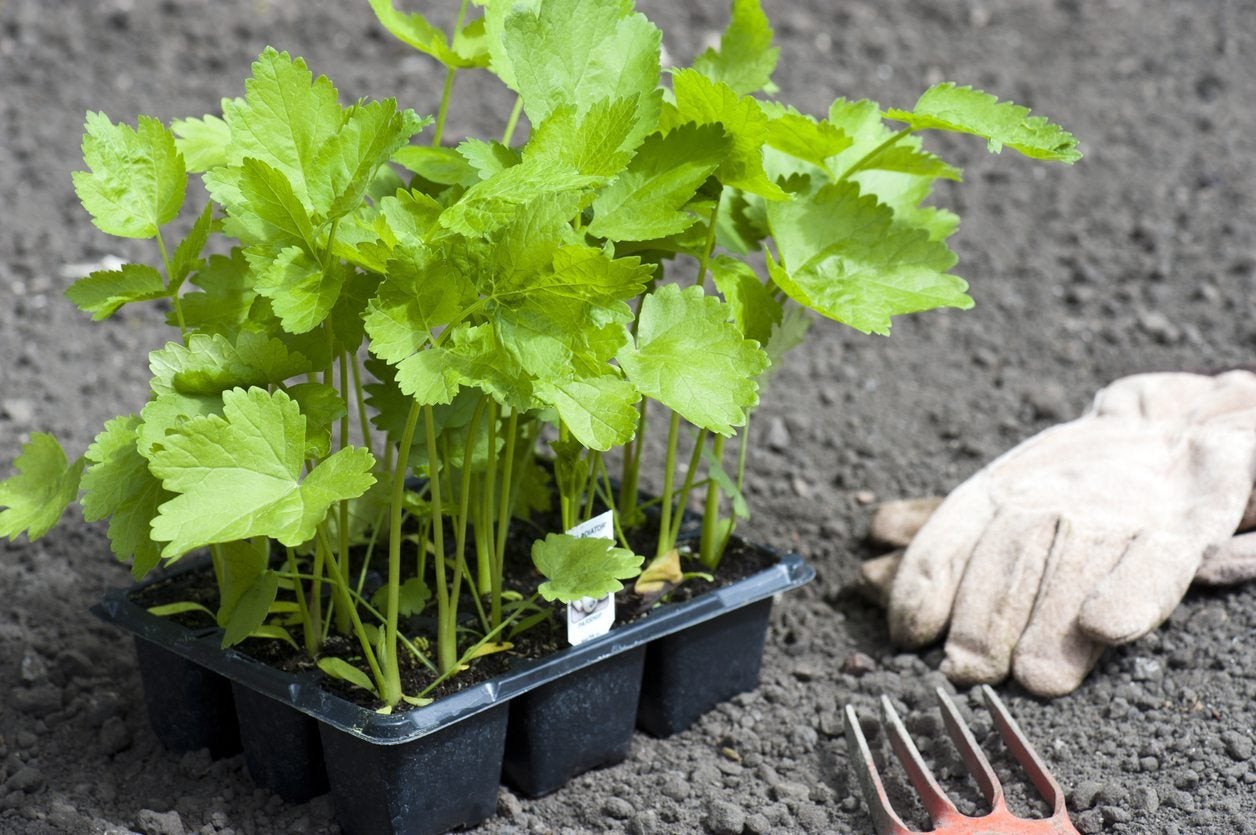 Container Grown Parsnips – Learn How To Grow Parsnips In A Container
Container Grown Parsnips – Learn How To Grow Parsnips In A ContainerRoot vegetables are making a comeback, and parsnips are high on the list. Parsnips are grown for their delicious roots and generally do best planted in a garden, but what if you don't have a garden plot? Can you grow parsnips in pots? Find out here.
By Amy Grant
-
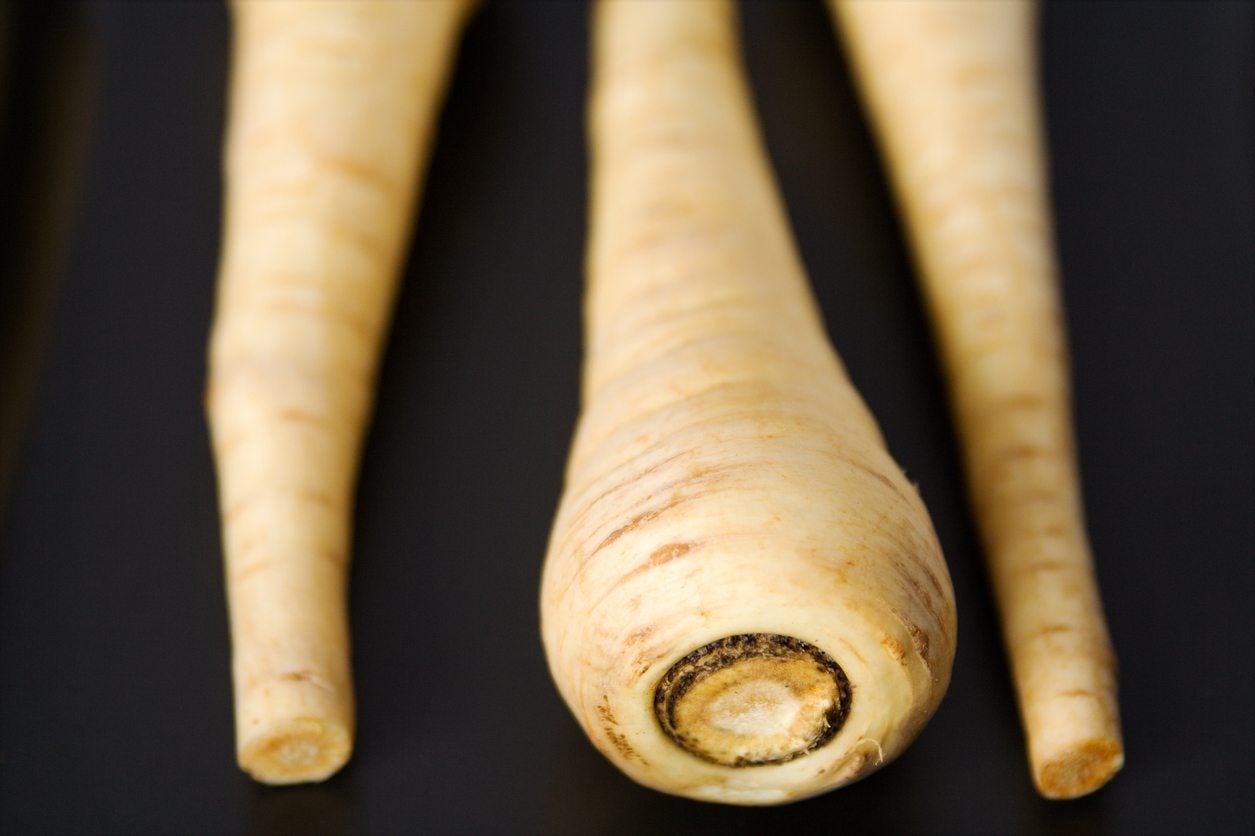 Growing Parsnips From Kitchen Scraps – Can You Regrow Parsnips From Tops
Growing Parsnips From Kitchen Scraps – Can You Regrow Parsnips From TopsYou only have to buy a vegetable once, and after you can just regrow it from its base. In the case of some vegetables, like celery, this is actually true. But what about parsnips? Do parsnips regrow after you've eaten them? Find out in this article.
By Liz Baessler
-
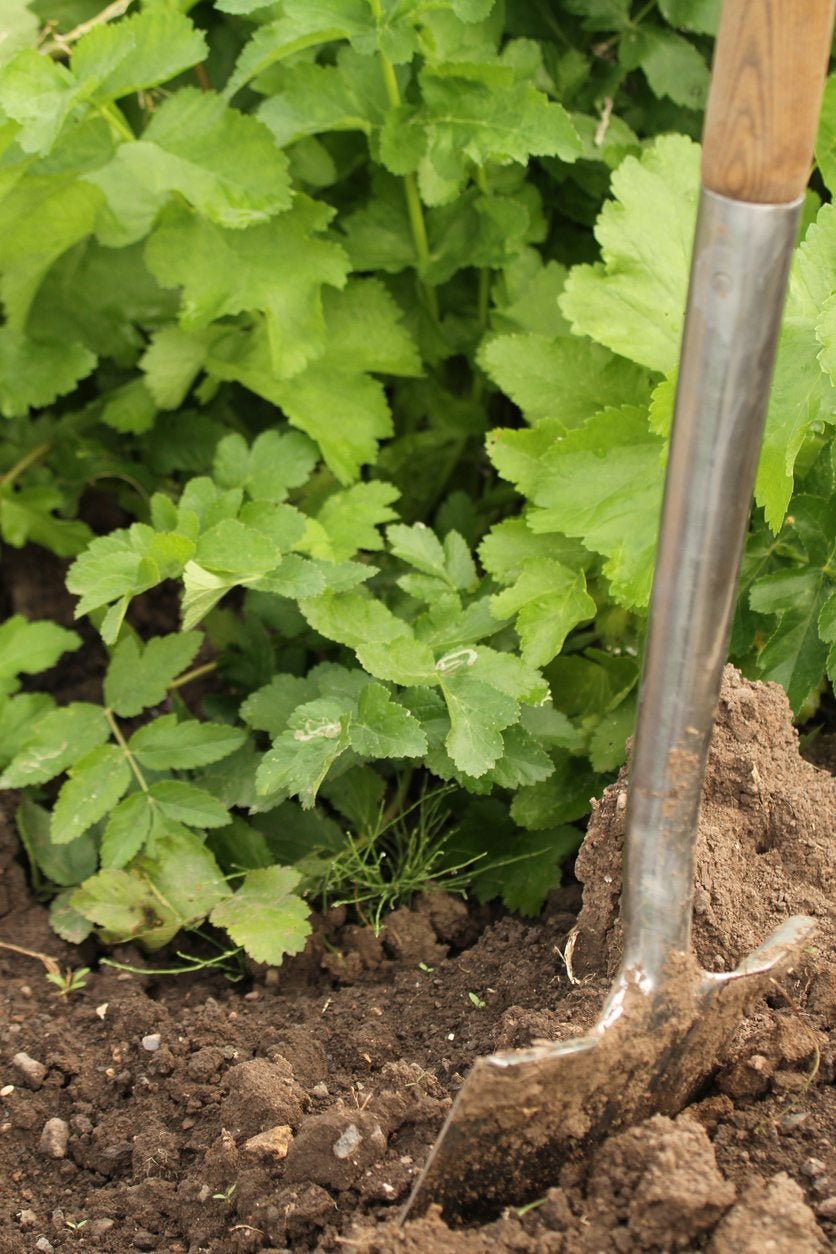 Parsnip Soil Requirements – Tips For Parsnip Growing Conditions
Parsnip Soil Requirements – Tips For Parsnip Growing ConditionsA hardy root vegetable with a sweet, slightly nutty flavor, parsnips taste even better after the weather turns frosty in autumn. Parsnips aren't difficult to grow, but proper soil preparation makes all the difference. Learn about parsnip soil requirements in this article.
By Mary H. Dyer